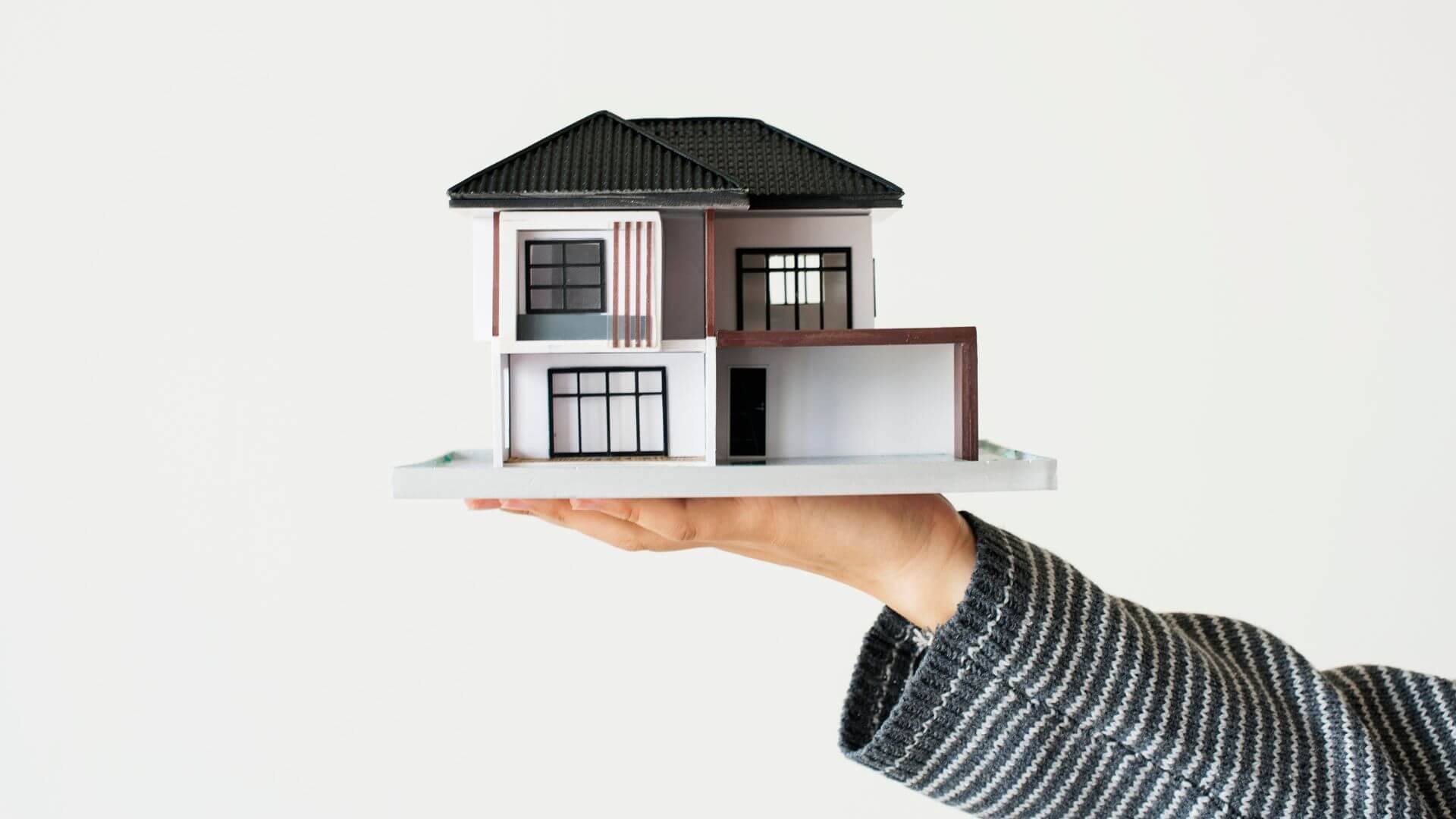Landscaping is often an afterthought in the construction process, with most of the focus placed on the building itself. However, incorporating landscaping into the construction planning process from the very beginning can have numerous benefits. Not only does it enhance the overall aesthetic appeal of the property, but it also provides functional and environmental advantages. In this article, we will explore the importance of landscaping in construction and discuss key considerations and challenges in integrating landscaping into the construction planning process. We will also look at future trends in landscaping and construction.
Understanding the Importance of Landscaping in Construction
Before you jump ahead and get yourself a reliable landscaping company like Richmond Landscapes into your construction project, let's first explore why landscaping is even important in a construction project.
The Aesthetic and Functional Value of Landscaping
Landscaping plays a crucial role in enhancing the visual appeal of a property. A well-designed landscape can create a sense of harmony, balance, and serenity. It can also be used to define spaces, create focal points, and provide privacy. The strategic placement of trees, shrubs, and flowers can add color, texture, and depth to the overall design.
However, landscaping is not just about aesthetics; it also serves functional purposes. It can help manage stormwater runoff, preventing erosion and water pollution. Well-placed trees can provide shade, reducing the need for artificial cooling and saving energy costs. Additionally, landscaping can improve air quality by capturing dust and pollutants and releasing oxygen.
Environmental Benefits of Integrating Landscaping
Beyond the aesthetic and functional value, landscaping offers significant environmental benefits. By incorporating native plant species, landscaping can promote biodiversity, providing habitats for birds, butterflies, and other wildlife. This, in turn, helps to maintain a healthy ecosystem.
Landscaping also helps to combat climate change by reducing the urban heat island effect. Trees and plants absorb carbon dioxide, a greenhouse gas, and release oxygen through the process of photosynthesis. This helps to mitigate the negative impacts of climate change, such as rising temperatures and increased air pollution.
The Role of Landscaping in Construction Planning
Early Inclusion of Landscaping in Design Phases
One of the key considerations in incorporating landscaping into the construction planning process is to involve landscape designers early in the design phases. By integrating landscaping from the start, designers can ensure that the building and the landscape work together harmoniously. This early collaboration allows for a seamless transition between the indoor and outdoor spaces.
Early inclusion also offers the opportunity to address potential challenges, such as site constraints or drainage issues. By identifying these issues early on, they can be proactively addressed, saving time and money in the long run. Additionally, the inclusion of a detailed schedule of values helps to ensure that all landscaping costs are accounted for and that the project stays on budget from the outset.
Collaboration Between Architects and Landscape Designers
Another important aspect in incorporating landscaping into construction planning is collaboration between architects and landscape designers. Both disciplines contribute their unique expertise to create a cohesive and integrated design.
Architects focus on the building design, while skilled landscape contractors consider the site's natural features, vegetation, and outdoor amenities. Together, they can create a harmonious relationship between the built environment and the surrounding landscape, maximizing the aesthetic and functional potentials of the property.
Key Considerations for Landscaping in Construction
Selecting Suitable Plant Species
When incorporating landscaping into the construction planning process, it is important to select suitable plant species that can thrive in the local climate and soil conditions. Native plants are often the best choice, as they are adapted to the local environment and require less maintenance.
In addition to selecting suitable plant species, consideration should be given to their placement and maintenance requirements. Proper plant selection and placement can ensure longevity and minimize the need for excessive watering, fertilizers, and pesticides.
Considering Climate and Soil Conditions
Climate and soil conditions vary from region to region, and these factors can greatly influence the success of a landscaping project. It is essential to consider factors such as temperature, rainfall, sunlight exposure, and soil type when planning the landscape design.
A thorough analysis of these conditions will help determine the appropriate plant species, irrigation systems, and soil amendment requirements. It will also ensure that the landscaping design is sustainable and able to withstand the local climate challenges.
Balancing Beauty and Sustainability
Incorporating landscaping into the construction planning process is not just about creating a beautiful design; it is also about ensuring sustainability. A balance must be struck between aesthetics and environmental responsibility.
Choosing low-maintenance plants, designing efficient irrigation systems, and incorporating sustainable materials are just a few ways to achieve this balance. By embracing sustainable practices, the landscaping design can contribute to a healthier environment and lower maintenance costs.
Overcoming Challenges in Landscaping Integration
Addressing Budget Constraints
One of the challenges in integrating landscaping into construction planning is budget constraints. Landscaping can be a significant investment, and it is essential to consider the overall budget for the project.
To overcome this challenge, a phased approach can be adopted, where landscaping is implemented in stages. This allows for the allocation of resources based on priority areas while still ensuring a cohesive overall design. Additionally, exploring cost-effective alternatives, such as using locally sourced materials, can help stretch the budget without compromising quality.
Navigating Regulatory Requirements
Another challenge in landscaping integration is navigating the regulatory requirements. Local authorities may have guidelines and restrictions on landscaping elements such as tree preservation, stormwater management, and setback requirements.
Working closely with landscape professionals who are knowledgeable about local regulations can help ensure compliance with these requirements. Early engagement with local authorities can also help streamline the permitting process, avoiding unnecessary delays in the construction project.
Managing Construction Timelines and Landscaping Needs
The construction timeline is often tight, with various trades and tasks competing for limited resources. This can pose challenges in integrating landscaping into the construction planning process.
Effective project management and coordination are essential in ensuring that landscaping needs are met within the given timeline. This may involve carefully scheduling tasks, coordinating with different contractors, and planning for proper site preparation to minimize disruptions to the landscape.
Future Trends in Landscaping and Construction
The Rise of Green Buildings
The future of landscaping and construction lies in the rise of green buildings. Green buildings incorporate sustainable design principles to minimize their environmental impact.
They often feature living walls, green roofs, and rooftop gardens, bringing the benefits of landscaping to urban environments. These green features improve air quality, provide insulation, and create urban oases for relaxation and recreation. As awareness of sustainability grows, the demand for green buildings is expected to increase.
Technological Innovations in Landscape Design
Technology is revolutionizing the landscape design industry, offering innovative solutions and tools to enhance the design process. From 3D modeling software to drones for site analysis, technology is making it easier to visualize and execute landscaping plans.
Smart irrigation systems, equipped with sensors and weather data, are also on the rise. These systems ensure efficient water usage, responding to actual moisture levels and weather conditions. As technology continues to advance, landscape designers will have more resources at their disposal to create sustainable and visually stunning designs.
The Growing Emphasis on Outdoor Living Spaces
The COVID-19 pandemic has highlighted the importance of outdoor spaces for health and well-being. As a result, there is a growing emphasis on outdoor living spaces in construction planning.
Homeowners and developers are looking to create inviting outdoor areas that can be used for relaxation, entertainment, and socializing. This trend includes the integration of features such as outdoor kitchens, fire pits, and seating areas. Outdoor living spaces provide a seamless extension of the indoor living environment, blurring the lines between inside and outside.





